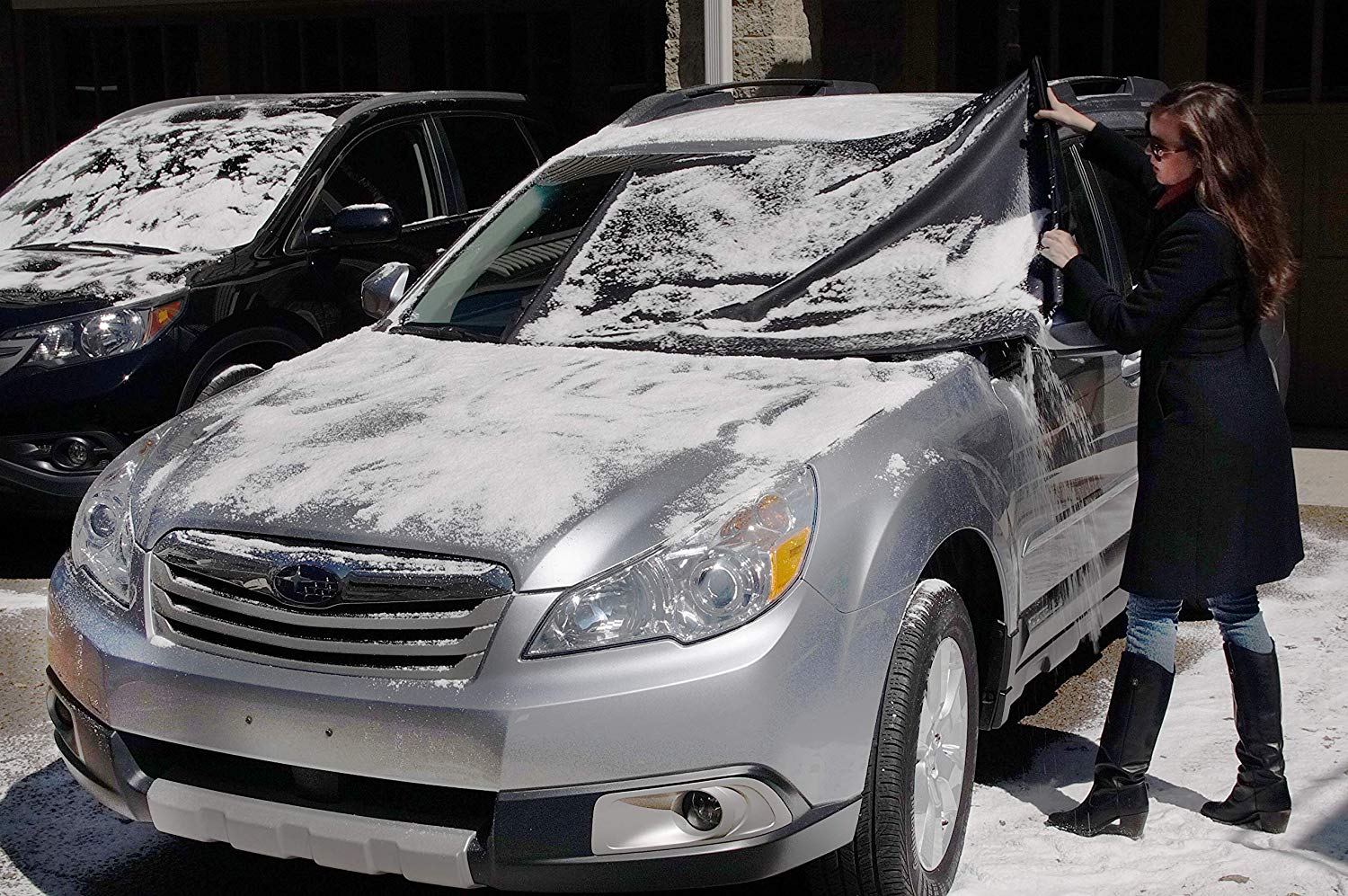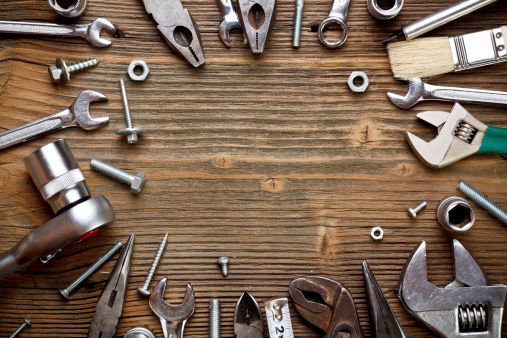
If you are looking for a small, portable jack lift, you have come to the right place. This article will cover all the aspects of mini jack lifts, including their features, components, types, and suppliers. We will also cover applications and types. Let's take a look at some of the best mini jack lifts available on the market. Let's find out what they are. What makes them so beloved?
Components
A quality mini jacklift will have adjustable joists and jacking arms, as well as securing pads that can be adjusted to your vehicle's size. It should also have the ability to raise your vehicle up to 1.55 m. Mobile mini lifts are specifically made for professional use. They have a sturdy construction and a long-lasting service life. It is constructed of high-quality materials. The excess-pressure valve protects components from damage when they are overloaded.

Applications
There are several applications of a mini jack lift. Because the machine's lifting capacity is limited based on the material it can lift this machine is ideal for building construction and home improvement jobs. There are three types of mini-jacks available: hydraulic, pneumatic, and mechanical. Each type has its own advantages and disadvantages. We will cover each type and their use in this article.
Bottle jacks: These lifting devices are shaped like bottles and feature a vertical ram. They are either hydraulic or screw-action and have varying capacities. They are designed to lift heavy materials. They can be mounted on a framework or stand alone. They can lift up to two tons depending on their capabilities. However, they are only ideal for vehicles with high clearances. These jacks can lift large loads with ease and are generally very strong.
Types
The different types of mini jack lifts can be easily categorized based on their mechanisms. Most jacks work by using hydraulic or pneumatic power in order to lift and lower a heavy load. A bottle jack is a good example of this type of jack. Its compact design makes it easy to use and offers high power and speed. This mini hydraulic jack lift works in a smaller way than a full-sized hydraulic one.
Rollaround jacks are able to lift entire vehicles, usually from the front and back. Its horizontal gantry and floor carriage enable it to lift large loads and are usually hydraulically driven. These jacks are used frequently on construction sites. The various models range in size from two to twelve tons. Jumbo sizes also are available. To find the right one for your needs, read the following tips.

Suppliers
The Mini Jack is a versatile, portable lifting device that can be used to lift and fix various types of vehicles. The mobile version can lift up 1.5m. Mini Jack suppliers can fulfill your requirements regarding design and quality. They are equipped with top-grade technical specifications, rugged construction, and superior materials to ensure long-lasting performance. These mini lifts feature a safety valve to prevent damage during overload.
FAQ
What qualifications does a truck mechanic need?
This job requires you to be a skilled mechanic, although you do not need any formal training. Your experience is invaluable as you know how to diagnose problems quickly and efficiently.
A solid understanding of diesel technology is also a plus. This will help you understand the components that are needed to fix our vehicles.
Are you a mechanic or a technician? What about part-time study?
It is not essential, but it is helpful. Most employers prefer candidates who have studied for a full degree rather than those who haven't. It shows that you've worked hard and are determined to succeed.
This doesn't necessarily mean you can't continue to work while studying. Many universities permit students to take courses during the summer holidays, and then finish their studies in the fall. Some universities allow students to take part-time classes throughout the year.
What do I need to know about car mechanics?
Auto mechanics don't require any knowledge. You only need to know how to fix them. This is why most people get started with simple jobs such as changing brake pads or tires. Then they move on to more difficult repairs.
You'll need to know how to read diagrams, understand written instructions and follow basic rules of good practice. You must also be able judge if parts need to replaced or repaired.
It's important to remember that you shouldn't attempt to repair vehicles without having received proper training and guidance. This is especially true when you are dealing with costly components like engines and transmissions.
Although you won't have to know much about automobiles, you must be familiar with the basics of mechanical engineering as well as physics. This includes understanding the mechanics of how engines and brakes work.
Noting that all situations are possible, it is important to be prepared. For instance, you might find yourself in charge of a vehicle that has been in a serious accident. You'll also need experience dealing with breakdowns and accidents.
You should also be open to learning quickly. It is important to be able both to diagnose problems and perform simple maintenance tasks, such as tightening nuts.
Is it easy to get a job as an automotive mechanic?
It can be done. Garages often advertise their jobs online and people just apply because it seems fun. To get your foot in front of the door, try applying for a few positions to see if any accept student applications. Alternatively, you could ask friends and family if they know anyone who works in the industry. You might be able to refer someone.
Statistics
- Apprentice mechanics earn significantly less hourly than mechanics who have completed training, with a median wage of approximately $14.50 an hour, according to PayScale. (jobhero.com)
- There were 749,900 jobs available for automotive service technicians and mechanics in 2016, which is expected to grow by six percent through 2026. (jobhero.com)
- The U.S. Bureau of Labor Statistics (BLS) reports that the job outlook for automotive service technicians and mechanics is expected to decline by 4% from 2019 to 2029. (indeed.com)
External Links
How To
How to diagnose your vehicle properly for repair
First, look at the symptoms of your car to determine if it needs repair. Follow these steps to properly diagnose your vehicle.
-
Check engine lights. Check the dashboard light indicators such as the engine light indicator, the oil pressure gauge, the battery light indicator, the coolant temperature gauge, and the RPM gauge. It could indicate that your vehicle is having problems.
-
Check the treads of your tires. If the tires are worn out, they could cause problems with handling and braking. The treads of the wheels should be inspected as well. They should look clean and be smooth. The best way to do this is to remove the wheels and take them off. You can check the tread wear with a flashlight.
-
Pay attention to the level of your brake fluid. You must always monitor the level of your brake fluid. This ensures that your brakes work properly. Low brake fluid levels can cause brake failure when you apply pressure.
-
Test the suspension system. A suspension system is designed to absorb vibrations and shocks. It allows for better control, smooth acceleration, and deceleration. You might notice a wobbly feeling or uncontrollable shaking in your vehicle if it has a problem with its suspension. You can test if your vehicle has a suspension problem by putting weight on either the front or back axle to see how it moves.
-
Examine the steering column. Steering columns connect the steering wheels to other parts of the vehicle. The steering column can often be damaged by an accident. It is recommended to replace any steering column that feels loose, or shakey.
-
Observe the exhaust pipes. The exhaust pipes transport gases from the combustion chamber to outside. Your cabin will be effected if your exhaust pipe cracks or leaks. It is also important to repair any bends in your tailpipe immediately.
-
Take a look under your hood. Look underneath your hood to see if anything looks strange. There could be fluid leaking from your engine. You should also contact a professional technician if there is an unusual odor coming from the engine compartment.
-
The air filter should be checked. The vehicle's outside environment may cause the air filter to collect dust and debris. Dirty air filters can cause your vehicle to run poorly. Replace your air filter regularly.
-
Make sure you check the fan belt. Your vehicle's fanbel connects the engine and transmission. If it breaks, the engine won't turn over. The process of replacing the belt is straightforward. You only need a screwdriver or pliers to replace your belt.
-
Make sure you inspect the radiator hoses and hoses. The radiatorhose carries water from your radiator to the engine. It can become cracked or damaged and leak hot liquid onto your engine. The hose can be repaired with a pair or needle-nosepliers, and a wire brush.
-
Make sure you have the windshield wipers checked. Windshield wipers use electricity to remove snow and rain. If they stop functioning, they can leave streaks in your window glass. Change the washer fluid to fix the problem.
-
Verify the condition of your battery cables. The battery cables supply power to your car's electrical systems. Always disconnect the negative wire before you replace batteries. Failure to do so can damage your alternator.
-
Be sure to check your headlights. Headlights help you see the road ahead. Bad visibility can be caused by headlights that don't work correctly. Check the bulbs to see if they've burned out.
-
Always check your lights. When you approach them at night, the lights warn other drivers. One that doesn't work could cause you to be distracted, and possibly lead to an injury.
-
You should inspect your brakes. Before you have a collision, brakes slow down your car. If they aren't working correctly, you could lose control of your car and crash.
-
Check the oil regularly. Oil keeps your engine lubricated. This oil helps to prevent metal parts becoming too worn out. It is recommended to change the oil once a month.